Montefalco, a land for wine. Sagrantino, Grechetto and Sangiovese
Something new is happening among the wonderful hills around the "railing of Umbria", straddling the municipalities of Montefalco, Bevagna, Gualdo Cattaneo and Castel Ritaldi. With a great many of historical evidence, vines have always played a major role here, but one grape variety above all is rooted in the tradition: the Sagrantino. A very old, native grape variety that has been making headlines in the last thirty years, especially thanks to the modern interpretation that has launched it among the great red wines worldwide. However, the territory seems lately to have found a greater appreciation of all its potential, and not only with respect to its main wine.
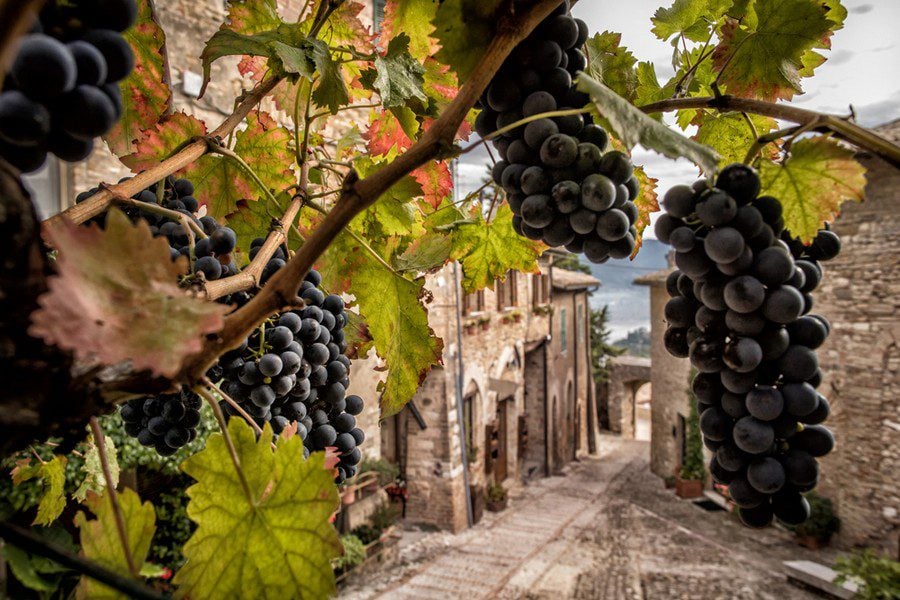
Alongside Sagrantino, a whole series of equally well-established grapes and types are flourishing, drawing an increasingly articulated and seductive map. "Montefalco terra per il vino" (Montefalco land for wine) – as they like to repeat in the area – underlines the territory’s ultimate vocation on several fronts. Sagrantino is thus primus inter pares, a bastion of identity and belonging but, as always, several other players want to stand out too. Not a novelty, rather a new awareness among producers that know to have more than one strings to their bows. The glass reveals a common trait and Montefalco and the surrounding lands’ innate aptitude to welcome the vineyard and make it express itself at its best; many are the grape varieties and appellations linked to both red and white wines, thus drawing an increasingly exciting and colourful map.
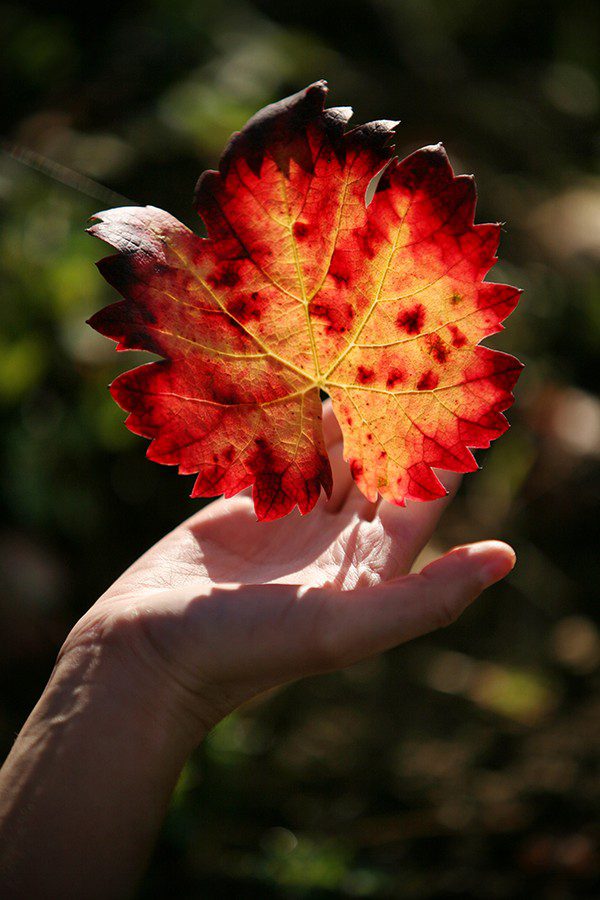
A few examples? First and foremost, Sangiovese. The mainstay of some of the most important wines of central Italy, it takes on its own unique characteristics in this area. The soil and climate lend it colour, structure and fullness, without influencing the variety’s innate finesse, depth and freshness. It is the protagonist of Montefalco Rosso, certainly not a 'second wine' but 'another local great wine', that combines structure and elegance, complexity and drinkability, and offer a great many food and wine pairing options.
Among the whites stands out the Grechetto, the most widely planted Umbrian grape variety, capable of producing rich and flavoursome wines with excellent backbone and a clear Mediterranean imprint. The big news is the rediscovery of an ancient grape such as Trebbiano Spoletino, an authentic treasure just waiting to be found (it's no coincidence that it has become the protagonist of Montefalco Bianco). Very original, highly acidic for such latitudes, it can give life to very different wines, depending on the area and style. An eclectic and versatile cultivar in a nutshell, perfect for many interpretations but always capable of surprising for its aromatic intensity, expressive liveliness and exceptional aging potential. It is not just a question of quantity, but the feeling that the Montefalco terroir is growing exponentially on all fronts, redefining the balance and opening the doors to a multifaceted, joyful and fully mature future.
New wave Sagrantino
Alongside the flourishing of many different wines that are showing the kaleidoscopic face of the Montefalco terroir, Sagrantino continues to grow in terms of identity, style and awareness. After its initial, dazzling success, this grape variety and its wines seem to be in a mature, ever-changing phase. What does this mean? A multiplicity of paradigms and aspects, the result of different sensibilities, expectations and tastes. In short, today we taste greatly varied Sagrantino wines, as happens in the main wine regions, yet always in the wake of identity and respect for the variety and territory. Beyond the many differences and levels, what is evident is a remarkable growth of increasingly balanced, harmonious and elegant wines. The future has already begun.
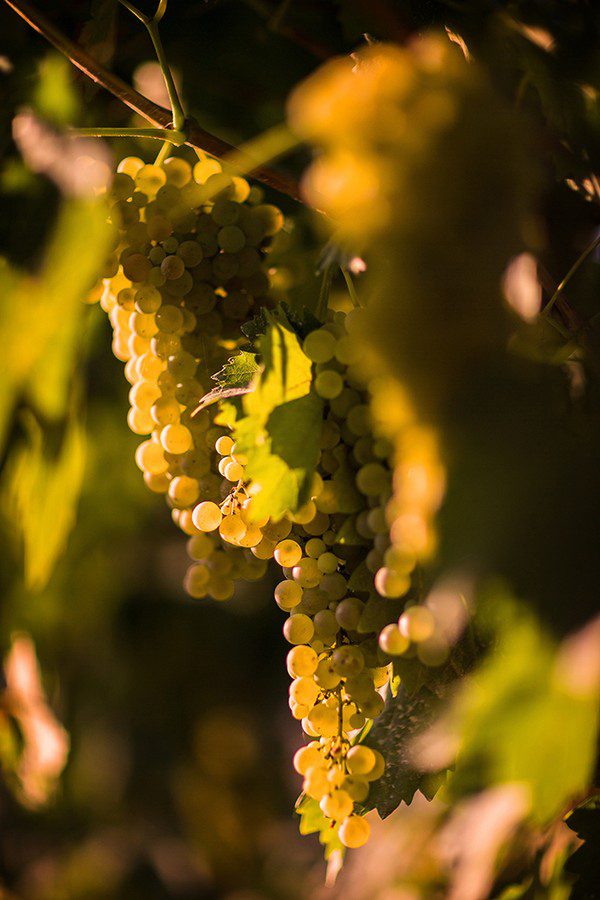
Uniqueness of Spoletino
Trebbiano Spoletino is a white grape as ancient as it is contemporary, at least according to the wines it gives life to. Along the Spoleto valley, it is not difficult to find large, often century-old, ungrafted vines, sometimes planted maritata, literally 'married' to maple, elm and ash trees. On the hills, trellis vines are the most recent planted both in the Spoleto and Montefalco areas. Two souls for a single vine and, above all, for a great wine: the DOC Spoleto appellation, recently protected by Consorzio Vini Montefalco, and the one of Montefalco Bianco, playing a leading role also in several local IGT wines. A richness that is revealing a territory that is not exclusively red, but it is also capable to give life to great white wines of marked originality.
Appellations
- Montefalco Sagrantino Docg
The symbol of Montefalco and the surrounding hills, this wine is the essence of these lands, of those taking care of them and of their most ancient traditions.
Grape variety: 100% Sagrantino
- Montefalco Sagrantino Passito Docg
The Sagrantino grape is also used to make the traditional passito. The grapes are carefully selected and left to dry on racks for at least 2 months.
Grape variety: 100% Sagrantino
- Montefalco Doc
White: characterised by Trebbiano Spoletino’s expressive depth, this wine is made from a white grape of the most intimate local tradition.
Grape varieties: min. 50% Trebbiano Spoletino and from 0% to 50% other authorised grape varieties.
Red: the main grape is Sangiovese, always the protagonist of the hills around Montefalco. 18 months aging
Riserva: aged in wood for a minimum of 30 months.
Grape varieties: from 60% to 80% Sangiovese, from 10% to 25% Sagrantino, from 0% to 30% other authorised grape varieties
- Montefalco Grechetto Doc
A Grechetto-based wine, it is made from one of the most planted native grape varieties in Umbria.
Grape varieties: min. 85% Grechetto, from 0% to 15% other authorised grapes
- Spoleto Bianco Doc
Min. 50% Trebbiano Spoletino grapes and other non-aromatic white grape varieties suitable for cultivation in Umbria.
Grape varieties: min. 50% Trebbiano Spoletino, from 0% to 50% other authorised grapes
- Spoleto Trebbiano Spoletino Doc
With min. 85% native grape varieties, this wine represents the Spoleto tradition and boasts the 'Superiore' version.
Grape varieties: min. 85%Trebbiano Spoletino, from 0% to 15% other authorised grapes
- Spoleto Trebbiano Spoletino Spumante Doc
The Trebbiano Spoletino grape with its acidity lends itself well to the production of sparkling wines.
Grape varieties: min.85% Trebbiano Spoletino, from 0% to 15% other authorised grapes
- Spoleto Trebbiano Spoletino Passito
A slower aging that preserves the acidity, just to mention one of the extraordinary aptitudes of Trebbiano Spoletino that make it the perfect grape also for the production of passito wines.
Grape varieties: min. 85% Trebbiano Spoletino, from 0% to 15% other authorised grapes
Featured image: Sagrantino’s typical landscape with autumn foliage and olive trees
Photo credit: Consorzio Tutela Vini Montefalco
Consorzio Tutela Vini Montefalco – Montefalco (PG) -
P.zza del Comune,16 – 0742379590 – consorziomontefalco.it
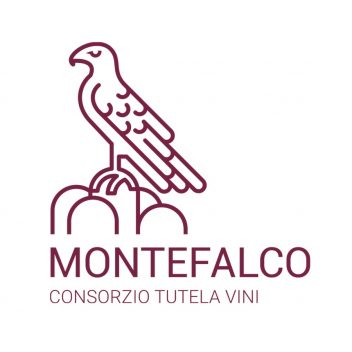

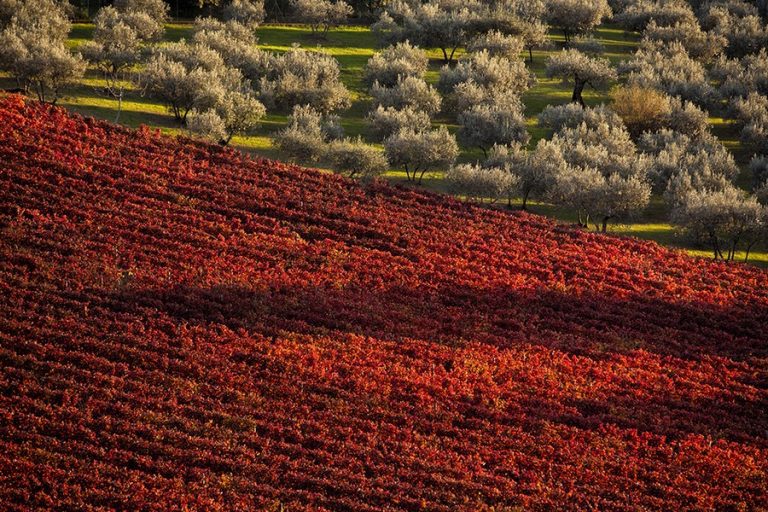
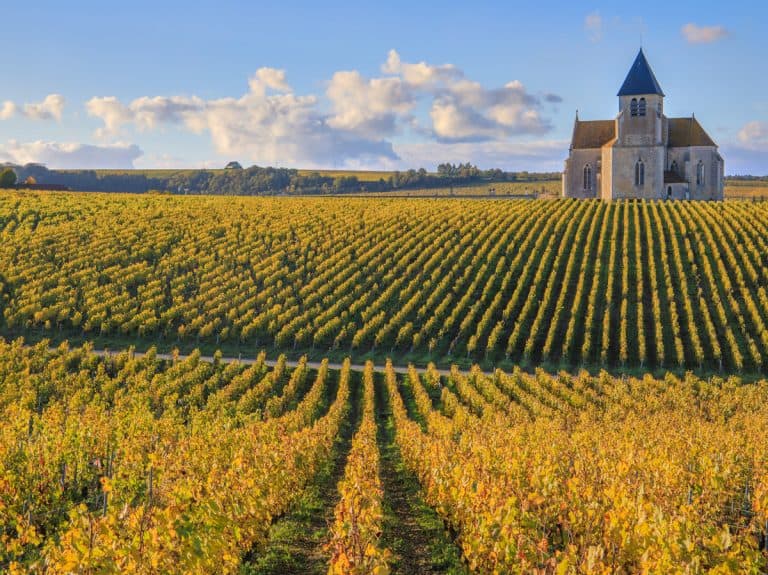 Burgundy’s resilience: growth in fine French wines despite a challenging vintage
Burgundy’s resilience: growth in fine French wines despite a challenging vintage Wine promotion, vineyard uprooting, and support for dealcoholised wines: the European Commission's historic compromise on viticulture
Wine promotion, vineyard uprooting, and support for dealcoholised wines: the European Commission's historic compromise on viticulture A small Sicilian farmer with 40 cows wins silver at the World Cheese Awards
A small Sicilian farmer with 40 cows wins silver at the World Cheese Awards Women are the best sommeliers. Here are the scientific studies
Women are the best sommeliers. Here are the scientific studies Where to eat at a farm stay in Sicily: the best addresses in the Provinces of Trapani, Palermo, and Agrigento
Where to eat at a farm stay in Sicily: the best addresses in the Provinces of Trapani, Palermo, and Agrigento






